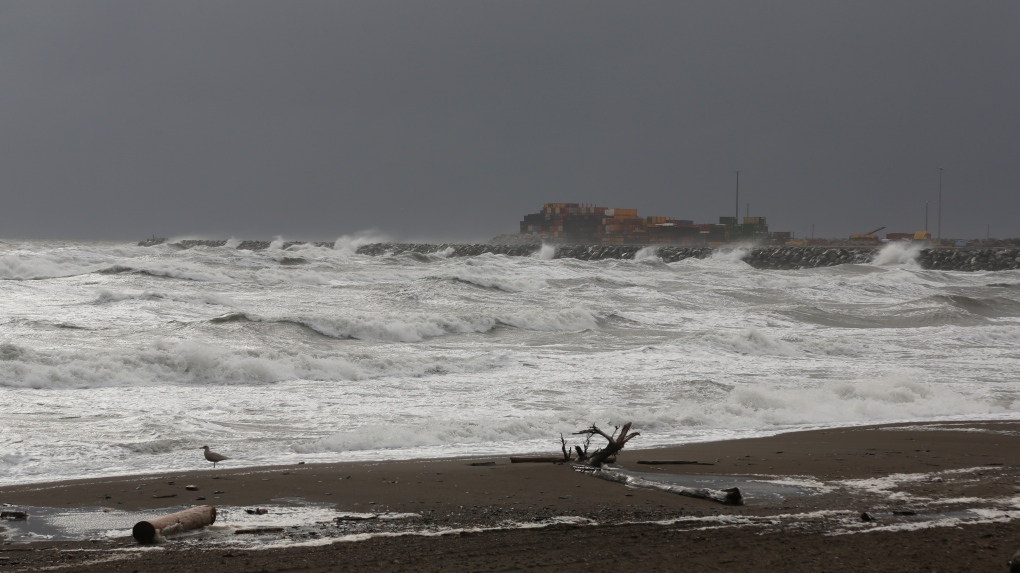
Does the polar vortex mean climate change isn't a problem?
CTV
During extreme cold weather, it can be hard to appreciate that climate change is real and that the planet is warming. However, meteorologists explain why the wintry effects of phenomena like the Arctic polar vortex are not signs that climate change has slowed down.
When the air outside is cold enough to freeze your skin within minutes, it can be hard to appreciate that climate change is real and the planet is warming.
However, the wintry effects of a phenomenon like the Arctic polar vortex are not signs that global warming and climate change have slowed down. In fact, scientists are trying to determine whether more frequent intrusions of the polar vortex into lower latitudes – places like North America, Northern Asia and Northern Europe – could be a side-effect of climate change.
"That's an area of active research," Doug Gillham, a meteorologist at the Weather Network, told CTVNews.ca in a telephone interview on Tuesday. "The question is, is climate change changing the behaviour of the polar vortex?"
Polar vortices strengthen at the North and South poles each winter and are a fixture of Earth's climate. Each one is a large area of low pressure and extremely cold air that rotates in a westerly direction around a pole – counterclockwise in the northern hemisphere, and clockwise in the southern hemisphere.
The vortex is held in place by its rotation and a band of powerful westerly wind known as the polar jet stream, which serves as a barrier between the vortex and warmer air at lower latitudes. A strong vortex stays in its place. A weakened vortex leaks out into lower latitudes like a broken egg yolk.
So when part of the Arctic polar vortex causes extreme cold temperatures in Canada, it's not because climate change is reversing or has slowed down, but because the vortex has become unsettled and migrated from its place over the pole.
What causes this? One of the main causes of a weak polar vortex is warm, high-pressure masses of air, Gillham explained.





















 Run 3 Space | Play Space Running Game
Run 3 Space | Play Space Running Game Traffic Jam 3D | Online Racing Game
Traffic Jam 3D | Online Racing Game Duck Hunt | Play Old Classic Game
Duck Hunt | Play Old Classic Game